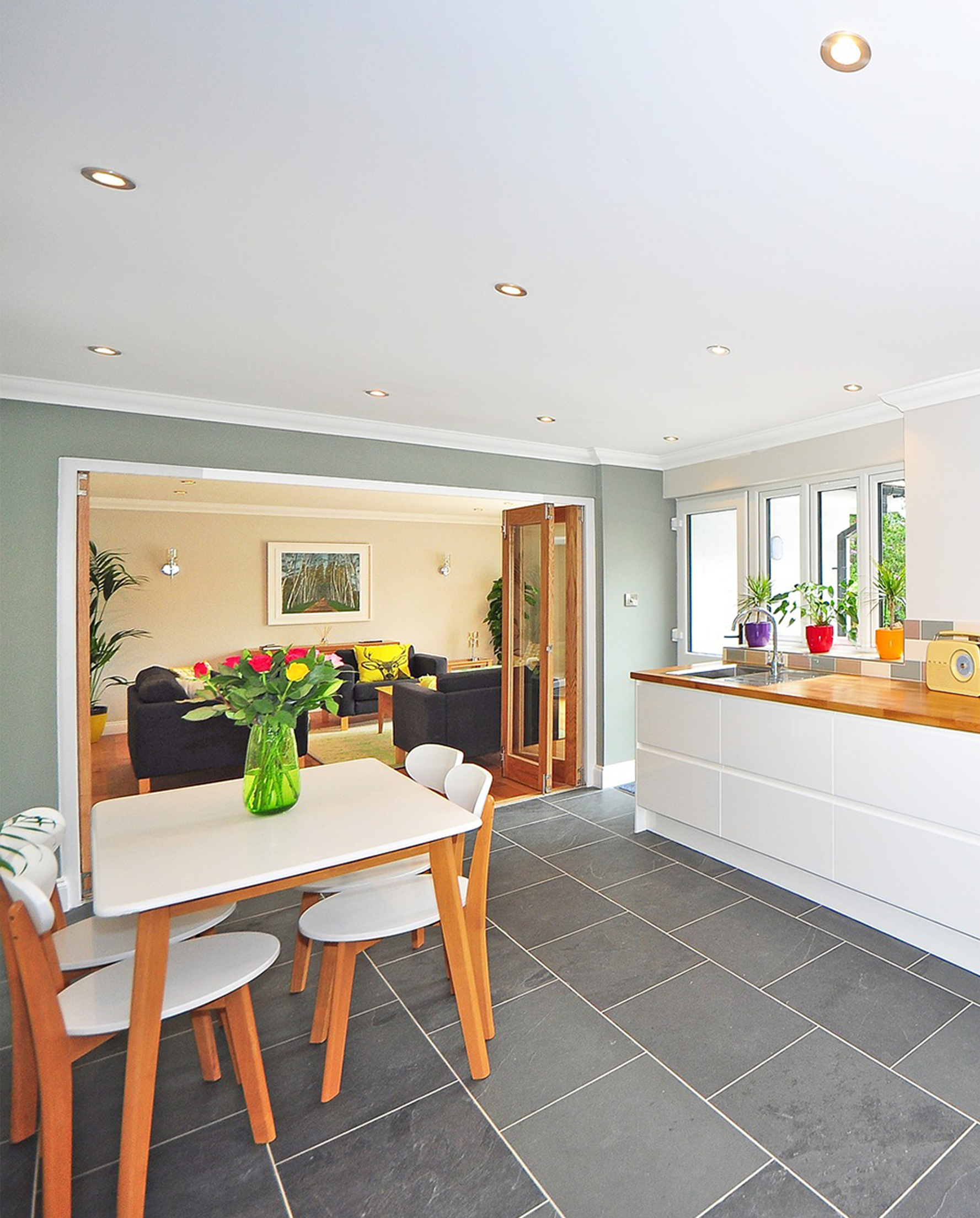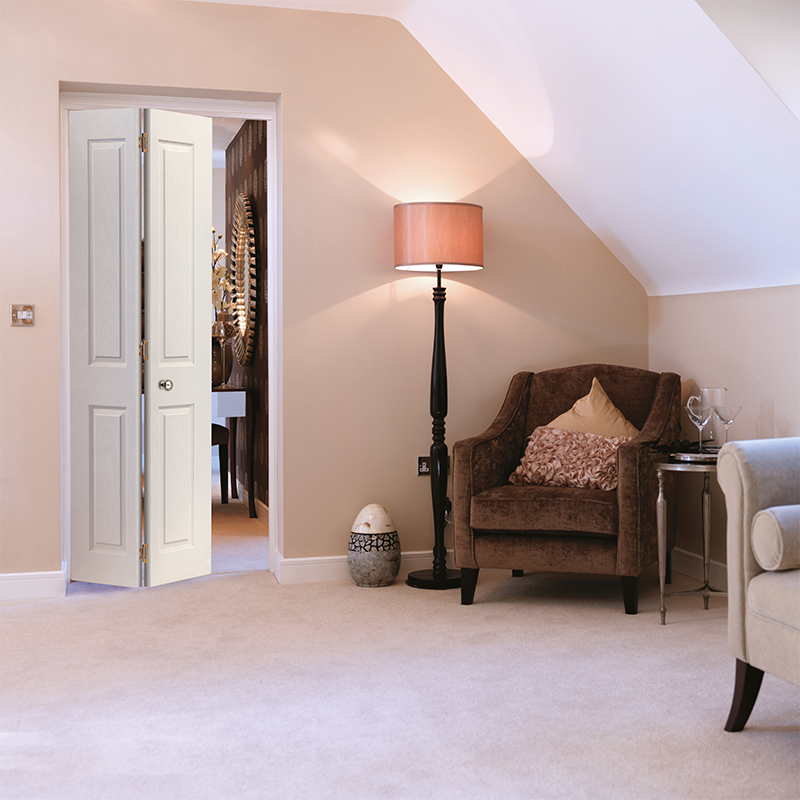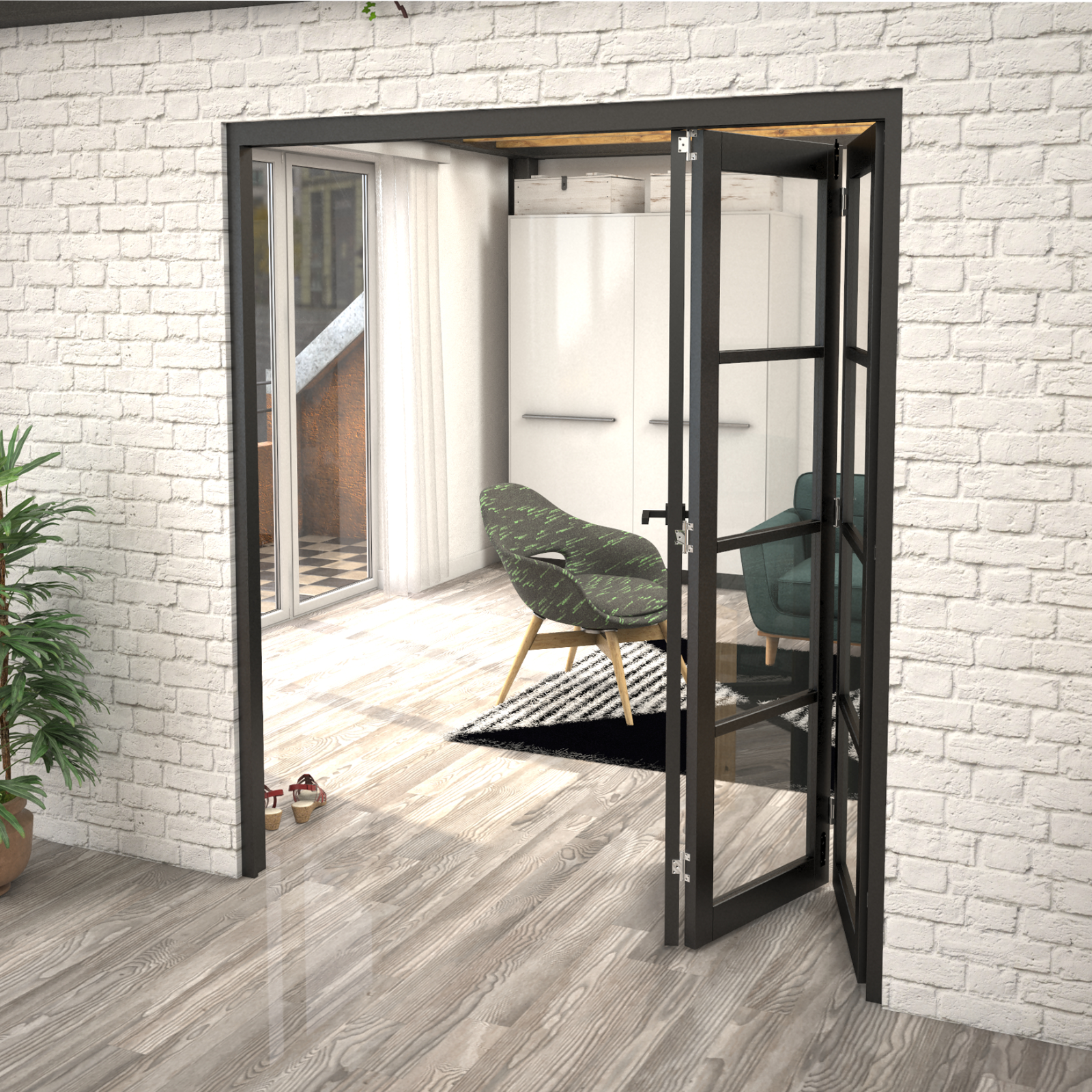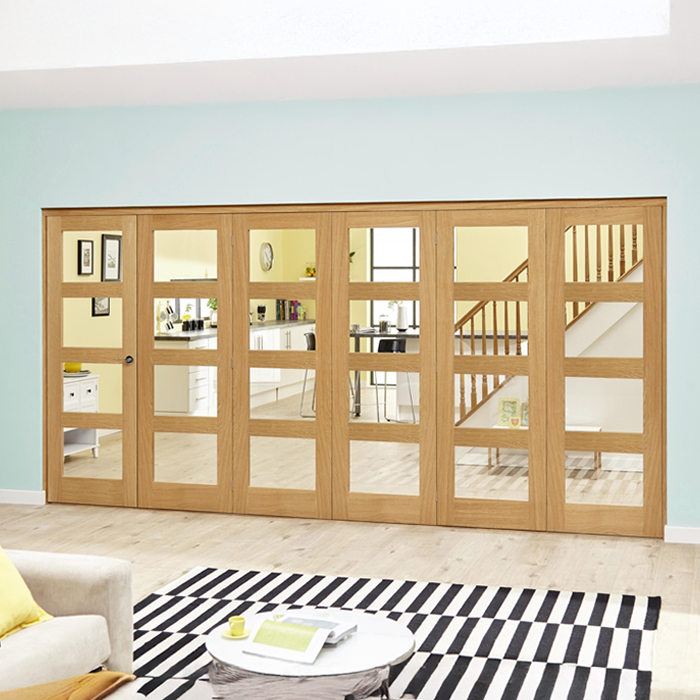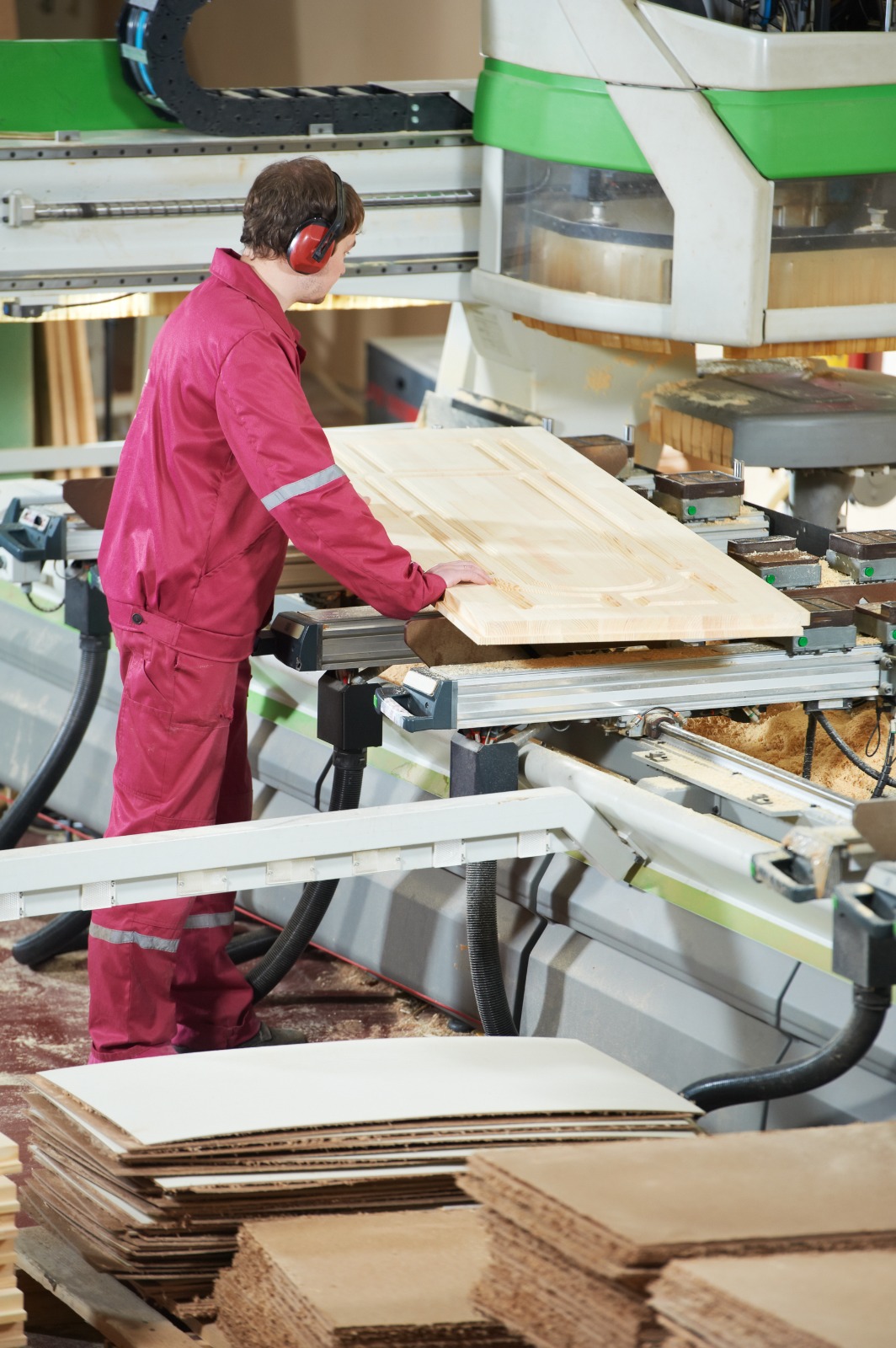What finishes and colours are available for internal bifold doors?
Internal bifold doors come in a variety of finishes allowing you to choose which works best for your needs. Our bifolds are available in popular neutral colours like classic white, black and natural wood tones (oak being a favourite). We offer primed white internal bifold doors that give a clean, bright look, which is perfect for contemporary interiors or to make a space feel larger and lighter, they can also be painted in any colour topcoat you wish. Grey and black finishes are always popular and are great for adding a modern twist, rich wood stains or clear wax are great for bringing out the natural beauty of the timber - fitting well in traditional or rustic homes.
If those standard colour options don’t quite fit your vision, you have flexibility too. Many internal bifold sets are available unfinished, which means the wood is left bare so you can add the final finish yourself.
Prefinished vs. unfinished is the key choice. Prefinished doors come ready to hang with a completed surface (no additional painting needed), whereas unfinished doors will need finishing before installation. Many solid panel and glazed bifolds will be available with different finish options, allowing you to choose depending on your wants and needs.



